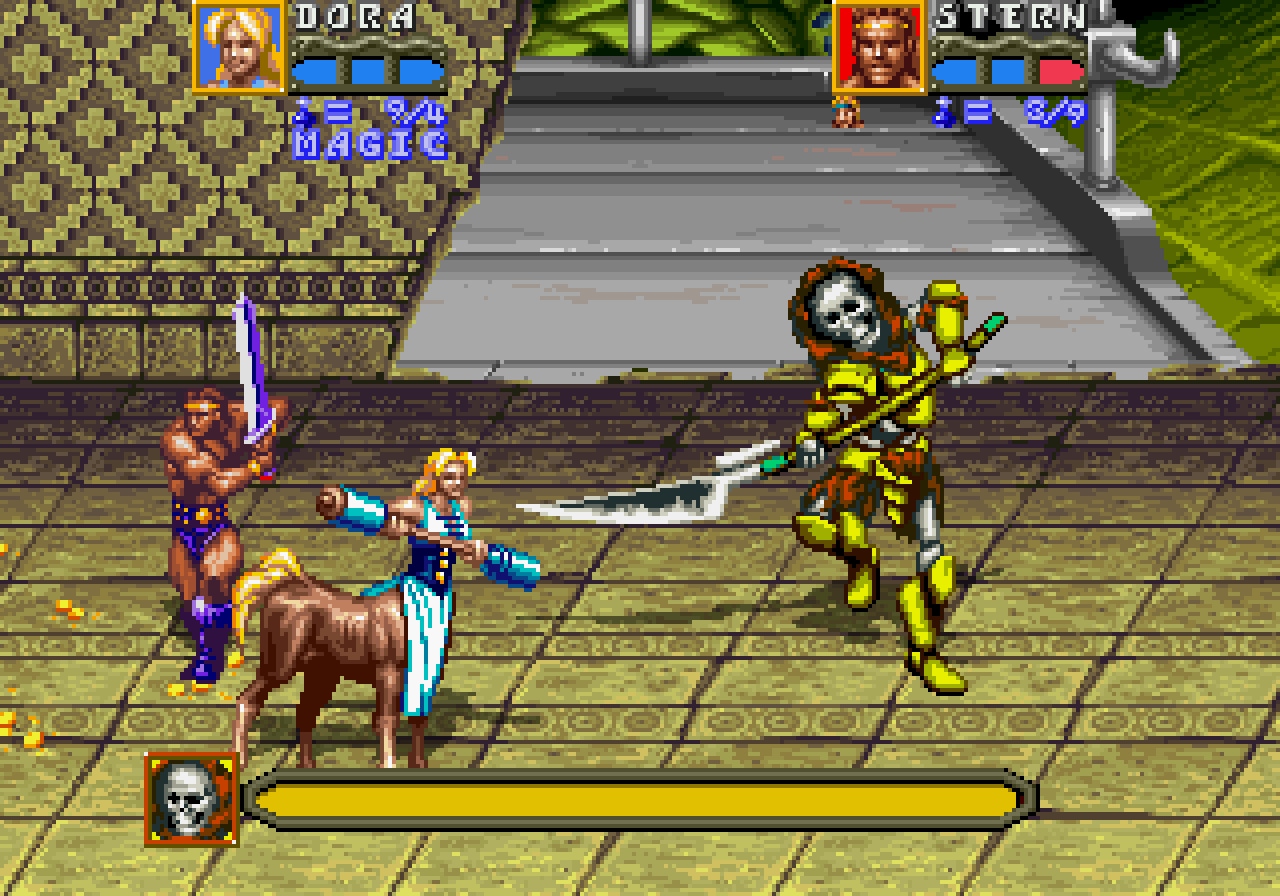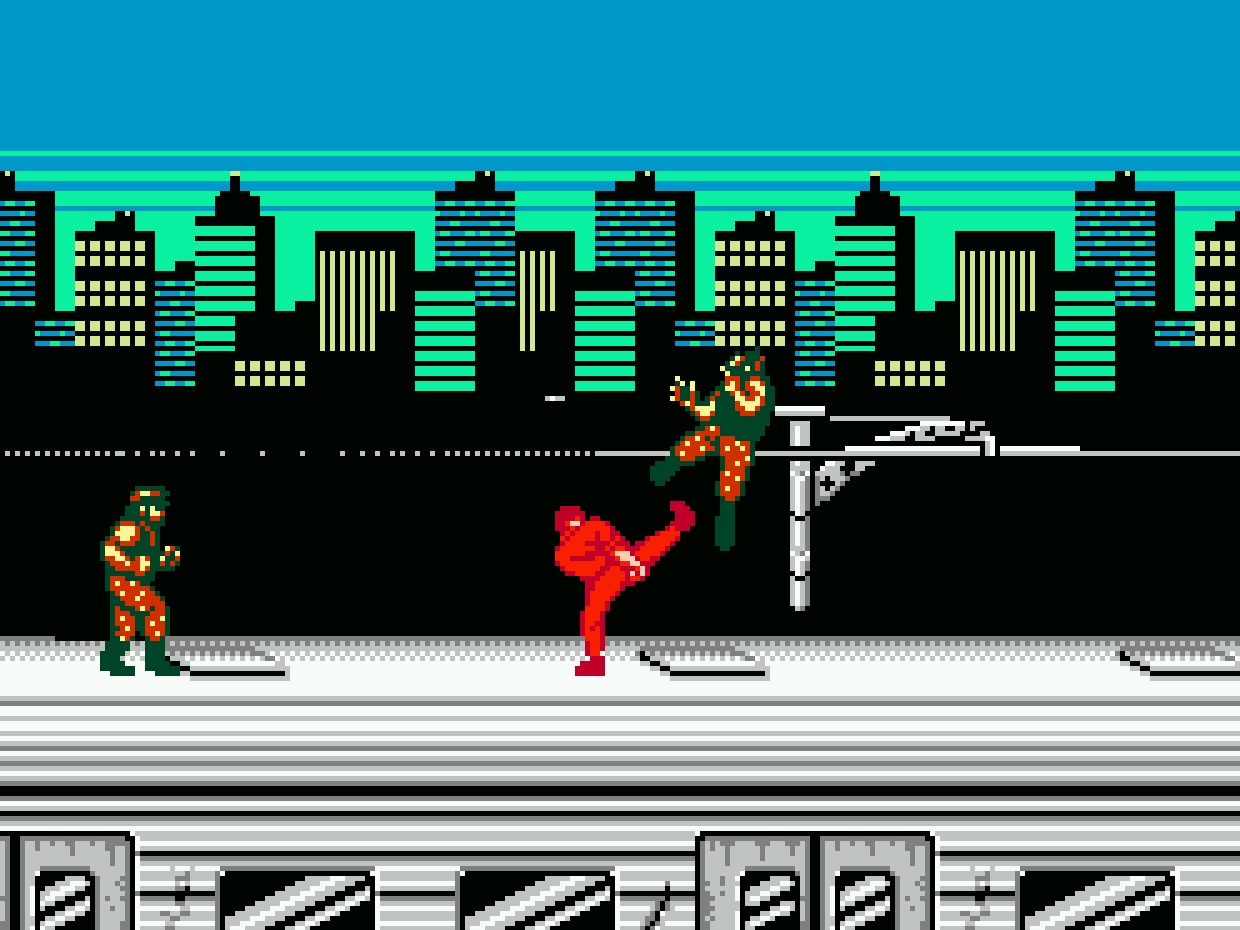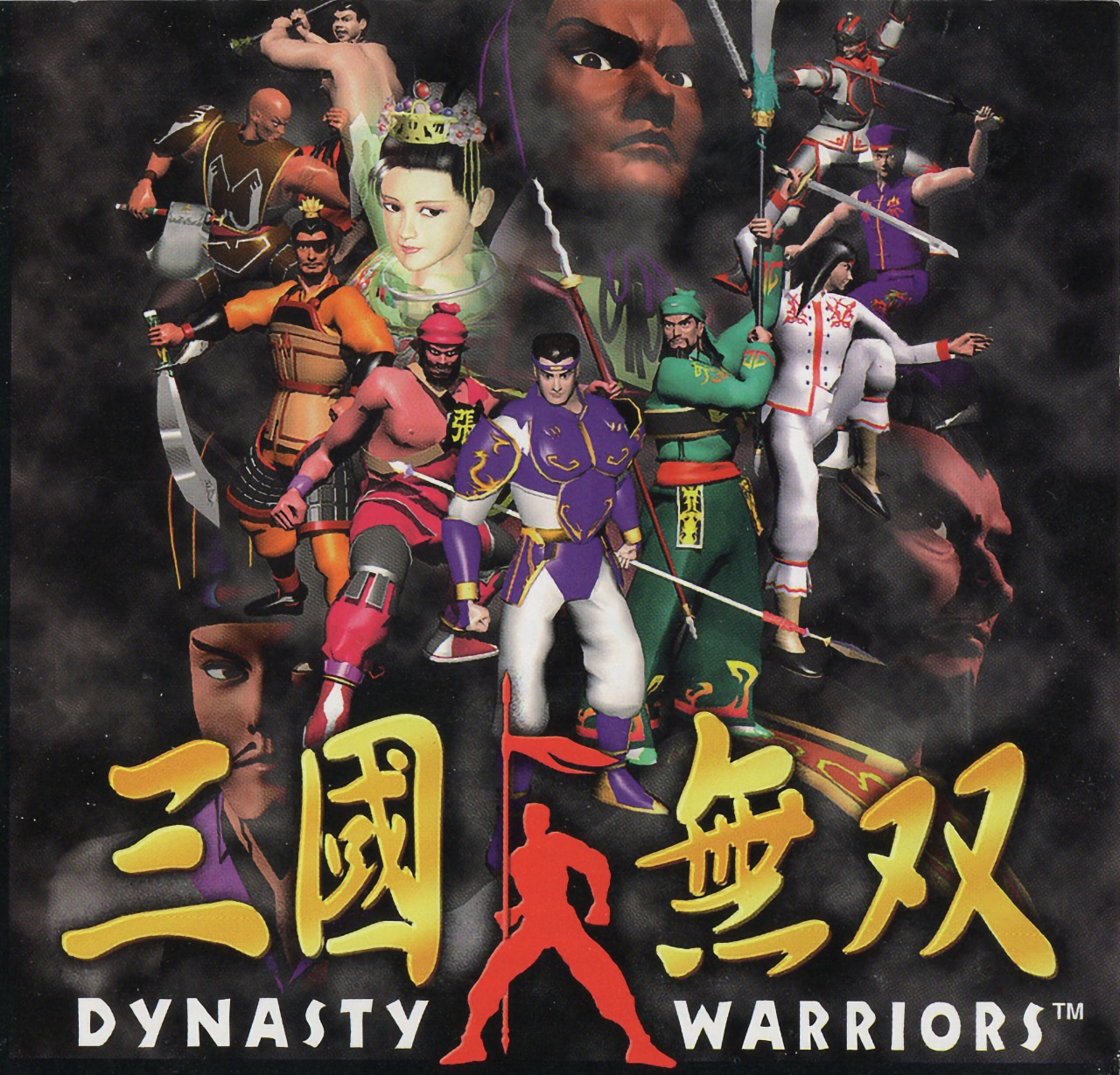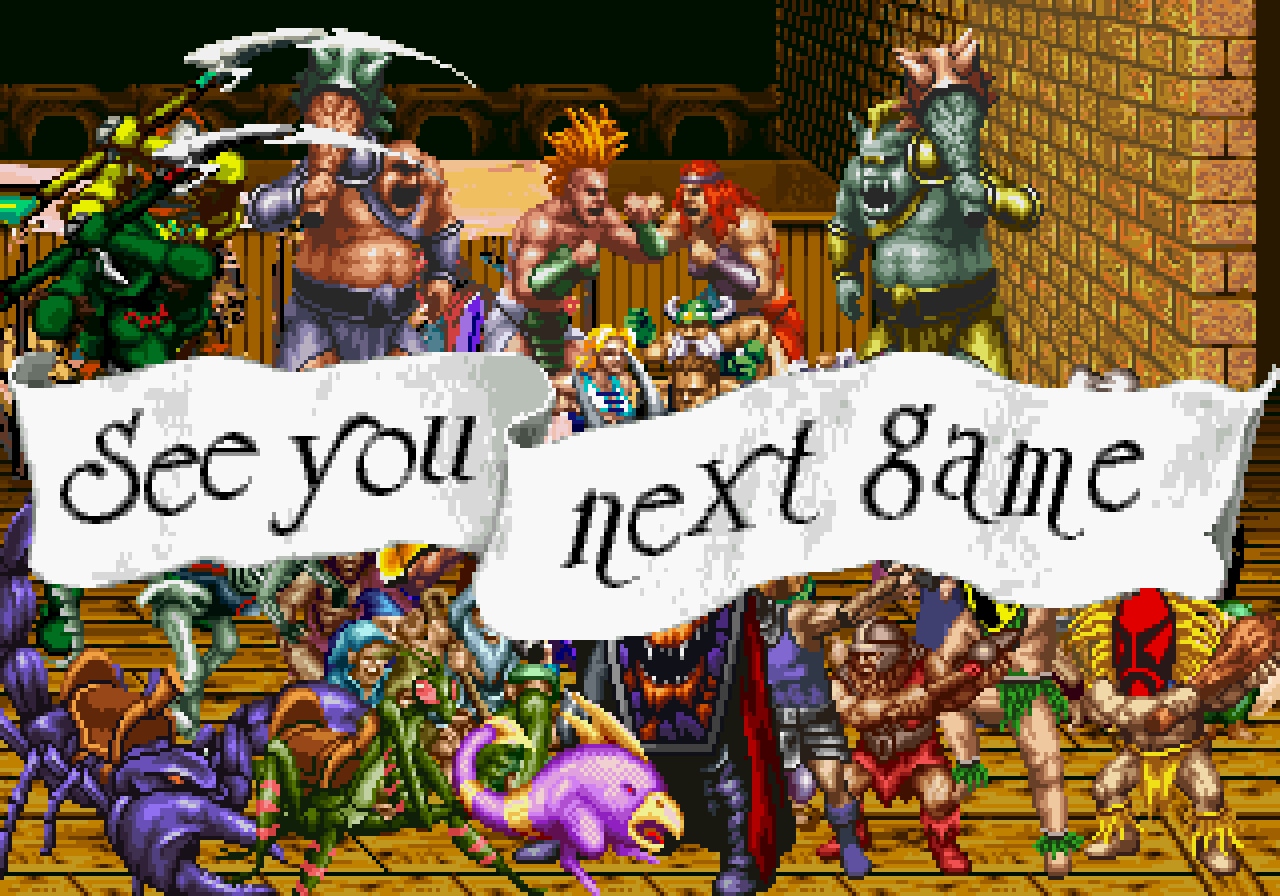Many sequels have broadened or reinvented what the previous installment accomplished; too often, though, successful sequels have been forgotten due to changes in media, platforms, and time. Today, we pour one out for sequels to some of gaming’s most beloved titles: Golden Axe, Kung-Fu Masters (Kung-Fu on NES), and Romance of the Three Kingdoms.
Golden Axe: Revenge of Death Adder (1992)
Who can’t recall the sounds of the roars of dragons, the screams of a barbarian, and the voice of the “Death Adder!” boss from the late 80s Golden Axe cabinets? Golden Axe is an archetype of a fantasy brawler. Think swords, skeletons, and co-op bashing. It’s no small feat that its 1992 sequel, The Revenge of Death Adder, improved upon all the things that made the original great.
Revenge of Death Adder ran off of Sega’s highly capable System 32 board. Its graphics were better than anything seen in other 2D brawlers, and it had two large, multi-plane stages and branching pathways through levels, a rarity in the genre. The new characters were just as memorable as the original trio: Stern the barbarian, Dora the centaur, Goah the giant with a gnome riding his shoulder, and Little Trix, a tiny, mischievous wizard. There were also gameplay innovations: players could interact with the environment of each stage (i.e., operate a catapult, etc.) and trigger various traps.
Sega never bothered to port this well-crafted, expensive-to-make game to home consoles, and thus, Revenge of Death Adder became a legendary game only talked about by a select group of collectors. It wasn’t until recent years, through emulation, that Revenge of Death Adder received the appreciation it deserved and has become recognized as one of the best of the genre: a relic of the golden age of beat-em-up brawlers that almost disappeared along with the arcades.
Spartan X 2 (1991)
When you think of Kung-Fu Master (or Spartan X, as it was called in Japan) you think of crisp, no-nonsense martial arts action: a side-scrolling gauntlet of goons, and a game that laid the groundwork for the modern beat-’em-up. Irem’s 1984 hit was a revelation, but its official sequel, Spartan X 2, came and went silently, like a ninja.
Released only in Japan for the Famicom in 1991, Spartan X 2 continued the adventures of Thomas, the stoic kung-fu hero, now taking on a new syndicate of martial arts villains. The game refined the mechanics, with tighter controls, more enemy types, and improved visuals. Unfortunately, by 1991, side-scrolling fighters had evolved far beyond the Kung-Fu Master formula. Fans of the genre found their time dominated by flashier, deeper titles like Final Fight and Streets of Rage, while the NES was gasping its last breaths before the 16-bit takeover. Spartan X 2 was simply born out of time.
Yet to understand its place, you need to look sideways at Vigilante and Trojan. Vigilante (1988), another Irem creation, is a spiritual successor to Kung-Fu Master, translating its clean one-on-one rhythm into a gritty urban setting. Capcom’s Trojan (1986), meanwhile, carried the same DNA, a sword-wielding twist on the same punch-kick cadence, created by some of the same team that made Kung-Fu Master so iconic. Spartan X 2 is the unloved sibling that closed the lineage, quietly preserving that design philosophy on its own terms.
Today, it’s a fascinating time capsule: a sequel not interested in chasing trends but in perfecting an old discipline one last, crisp kata performed before the dojo doors closed forever.
Dynasty Warriors (1997)
Mention Dynasty Warriors today, and you’ll likely picture endless armies being flung across the battlefield by lone demigods. The Musou genre’s flagship series’ hack-and-slash combat against armies has become the franchise’s identity. But the original Dynasty Warriors, released for the PlayStation in 1997, was something very different: a one-on-one weapon-based fighting game, and oddly enough, a sequel to Romance of the Three Kingdoms.
Developed by Koei (before they merged with Tecmo), the game was known in Japan as Sangokumusou. While Romance was a historical strategy series based on the Chinese epic, Dynasty Warriors reimagined its generals as dueling martial artists. It featured tactical timing, parries, and realistic weapon reach, emphasizing deliberate combat over combo spamming. The result was stylish but niche, released into a market already dominated by Tekken 3 and Virtua Fighter 2.
When Koei decided to follow it with Dynasty Warriors 2, they completely reinvented the series, turning it into a 3D battlefield action game, and birthing the Musou formula we know today. Ironically, that massive success erased the memory of the first game’s unique experiment. Few remember that Dynasty Warriors began not as a crowd-clearing epic, but as a refined dueling sim, a spiritual successor to Koei’s historical storytelling, expressed through swordplay instead of spreadsheets.
What did you think of this article? Let us know in the comments below, and chat with us in our Discord!
This page may contain affiliate links, by purchasing something through a link, Retro Handhelds may earn a small commission on the sale at no additional cost to you.





Revenge of Death Adder was the first game I played on my new Brick Hammer. So good!
Also, Dynasty Warriors sounds similar in concept to Bushido Blade, which also attempted realistic weapons-based combat on PS1.